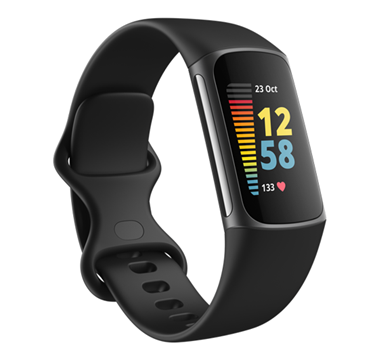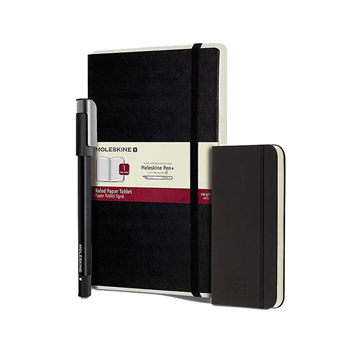The prime ‘directive’ of the human brain is to promote survival and procreation. Therefore, the brain is ‘over-determined’ to sense, process, store, perceive and mobilize in response to threatening information from the external and internal environments (see Goldstein, 1995). All areas of the brain and body are recruited and orchestrated for optimal survival tasks during the threat. This total neurobiological participation in the threat response is important in understanding how a traumatic experience can impact and alter functioning in such a pervasive fashion. Cognitive, emotional, social, behavioral and physiological residue of a trauma may impact an individual for years – even a lifetime.
In order for any experience, traumatic or not, to become part of memory, it must be ‘sensed’ -- it must be experienced by the individual. The first step in experiencing is sensation. The five senses of the human body have the amazing capacity to transform forms of energy from the external world (e.g., light, sound, pressure) into patterned activity of sensory neurons. The first ‘stop’ of this sensory input from the outside environment (e.g., light, sound, taste, touch, smell) and from inside the body (e.g., glucose levels, temperature) is the lower, more ‘regulatory’ parts of the brain -- brainstem and midbrain.
As the sensory input comes into the brain stem and midbrain, it is matched against a previously stored patterns of activation and if unknown, or if associated with previous threat, an initial alarm response begins (e.g., Aston-Jones, Ennis, Pieribone, Nickel, & Shipley. 1986). The alarm response begins a wave of neuronal activation in key brainstem and midbrain nuclei which contain neurons utilizing a variety of neurotransmitters (e.g., norepinephrine, dopamine, serotonin), neuromodulators and neuropeptides such as ACTH, corticotrophin releasing factor, vasopressin. At this point, the complex pattern of sensory neuronal activity associated with a specific visual image -- or in different areas of the midbrain, with a specific smell or sound -- make connections with neuronal networks in these levels of the brain.
A cascade of patterned neuronal activity is initiated in these primitive areas of the brain which moves up to more complex parts of the brain. In addition to sending these signals to higher parts of the brain, this cascade of activity also initiates a set of brainstem and midbrain ‘responses’ to the new information from the environment, allowing the individual to react in a near-reflexive fashion. In many instances, the brain’s response to incoming sensory information will take place well before the signals can get to the higher, cortical parts of the brain where they are ‘interpreted’.
Activation of these key systems results in patterns of neuronal activation which move from brain stem through mid brain, to thalamic, limbic and cortical areas. At the level of the brain stem and midbrain, there is very little subjective perception. It is at the level of the thalamus and the limbic areas that the actual sensation of anxiety arises. It is only after communication with cortical areas that the individual is able to make more complex, cognitive associations which allow interpretation of that internal state of anxiety (Singer, 1995).
Simply stated, then, the fear response will involve a tremendous mobilization and activation of systems distributed throughout the brain: terror involves cortical, limbic, midbrain and brainstem-based neurophysiology (see Gorman, Liebowitz, Fyer, & Stein, 1989). Because the neuronal systems alter themselves in a ‘use-dependent’ way in response to patterned, repetitive neuronal activation, a state of terror will result in patterned, repetitive neuronal activation in this distributed and diverse set of brain systems – resulting in a set of ‘memories.’ In each of these areas -- mediating cognitive, motor, emotional and state-regulation — elements of the traumatic event will be ‘stored.’ Memories of trauma have been created (see Terr, 1983; Pynoos and Nader, 1989; Schwarz and Kowalski, 1991; Schwarz and Perry; 1994).
This overview describes the sensing, storing and perceiving elements of the response to threat. At each level of the brain, as the incoming input is ‘interpreted’ and matched against previous similar patterns of activation, a response is initiated. The brain responds to the potential threat. This immediate response capability is very important for rapid response to potentially-threatening sensory signals – the classic example of this is the immediate motor action of withdrawal of the finger after being burned – or the jump that takes place following an unexpected loud sound (startle response). Clearly, in order for the brain to react in this immediate, ‘un-interpreted’ fashion, the more primitive portions of the brain (i.e., the brainstem and the midbrain) must ‘store’ previous patterns of sensory neuronal input which are associated with threat – there must be ‘state’ memories – memories of previous patterns of sensory input which were connected with a bad experience – the combat veteran from Vietnam will have an automatic response to the sound of a helicopter (e.g., Figure 5).
The classic ‘response’ to the threatening cues involves activation of the autonomic nervous system. Originally described by Cannon (Cannon. 1929; Cannon. 1914) this ‘fight or flight’ reaction involves the physiological manifestations of alarm, arousal and the emotion of anxiety (e.g., profuse sweating, tachycardia, rapid respiration). These physical symptoms are manifestations of activation of the autonomic nervous system and the hypothalamic-pituitary axis (HPA, see Giller, Perry, Southwick and Mason, 1990), again, an adaptive response to the impending threat.
The physiological hyper-reactivity of post-traumatic stress disorder is a cue-evoked ‘state’ memory (see Figures 3, 4 and 5). The brain has taken a pattern of neuronal activation previously associated with fear and now, will ‘act’ in response to this false signal. The ‘recall’ of traumatic state memories underlies many of the abnormally persistent characteristics of the once-adaptive response to threat (see Perry, in press; Perry 1993; Perry, 1994). This persistence of the ‘fear’ state and the ability of now non-threatening cues to become paired to a full blown threat response is related to the remarkable capacity of the human brain to make associations.
Source:
Please rate this
Poor




 Excellent
Excellent




 Excellent
Excellent
Votes: 0 |NaN out of 5






